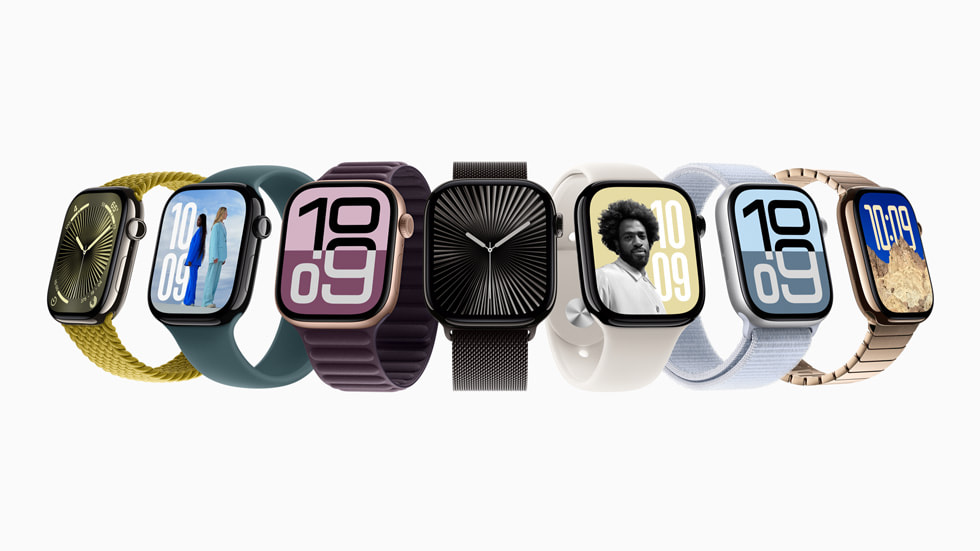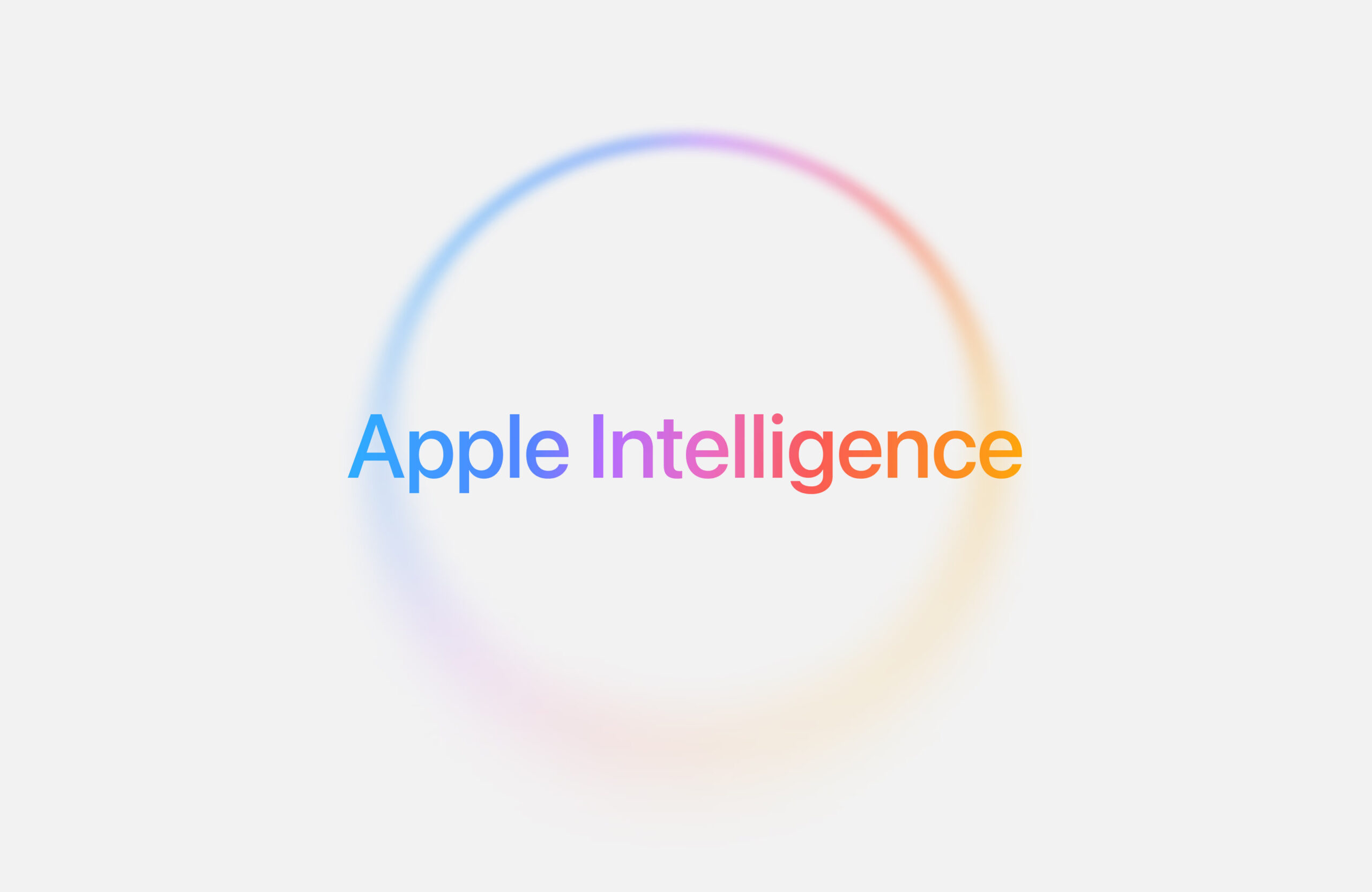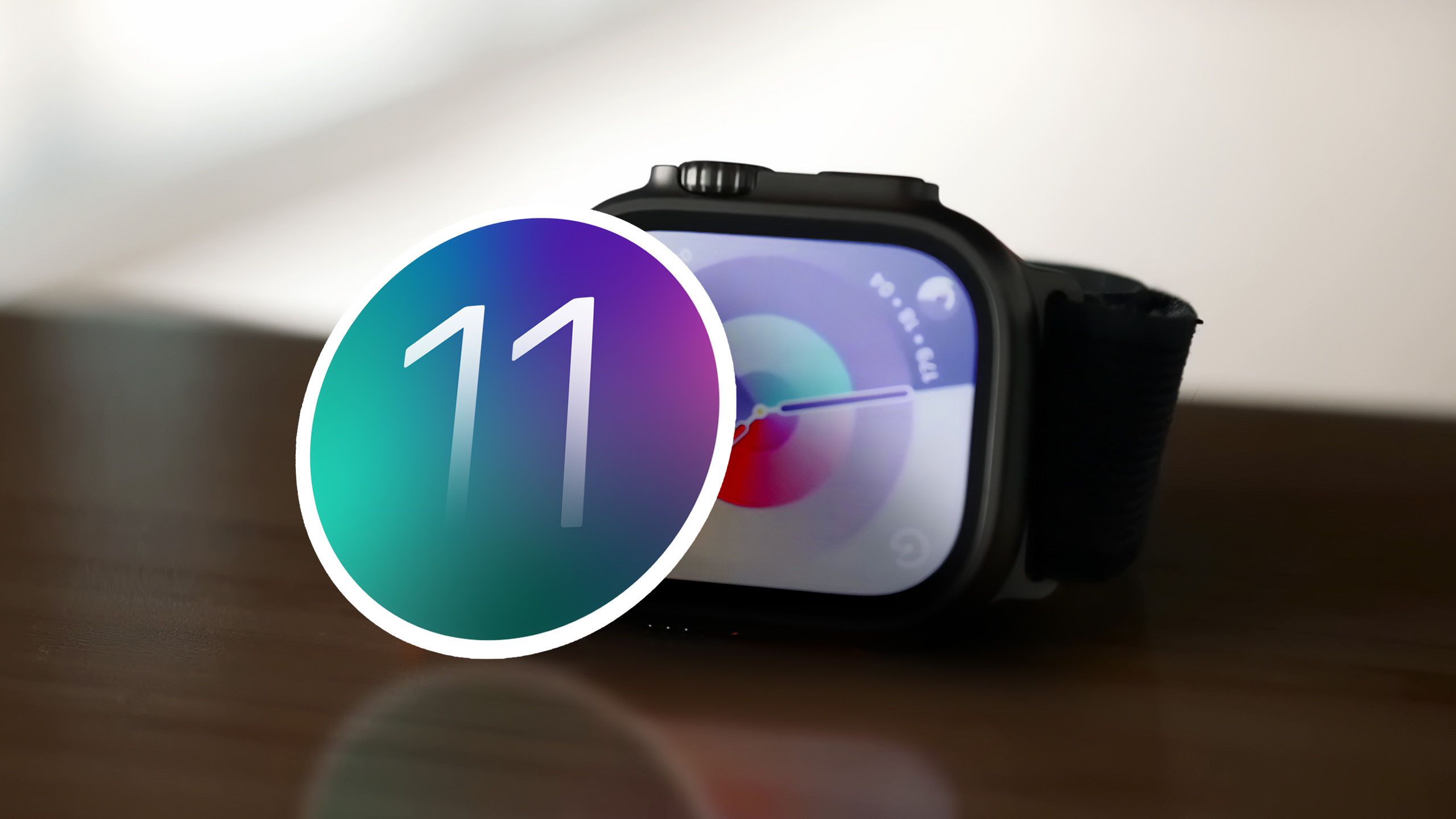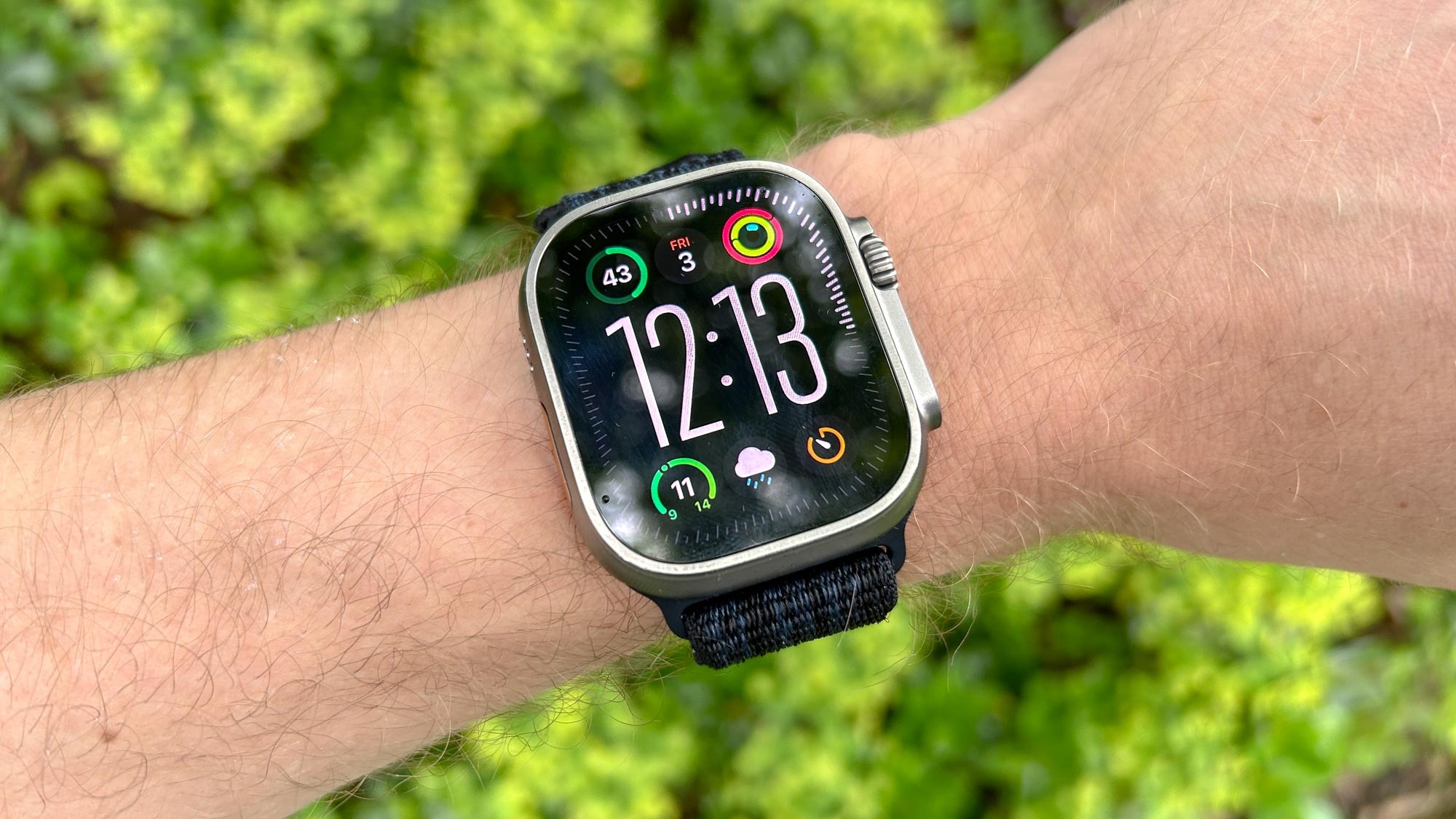If you’ve got digital content spread across two Apple accounts, there’s good news! Apple has introduced a feature allowing you to move all your digital purchases from one account to another, making it simpler to manage your collection.
Apple recently updated its support page with easy-to-follow steps on how to transfer apps, music, books, TV shows, and movies from a secondary Apple account to your main one. This can be particularly handy if you’ve been juggling separate accounts for iCloud storage and media purchases.
Here’s how you can do it:
- Preparation: You’ll need the email addresses, phone numbers, and passwords for both accounts. Both must have two-factor authentication enabled, and neither should be shared with others. The account you use for iCloud will become your primary account, and the one for media purchases will be your secondary account.
- Setup: On your iPhone or iPad, sign into one account for iCloud and another for purchases. Ensure both accounts are registered in the same country and check that the secondary account doesn’t have any remaining balance that needs to be used.
- Migration Process: Navigate to the Settings app, go to ‘Media & Purchases’, click on ‘View Account’, and then select ‘Migrate Purchases’. This process will transfer all your content from the secondary to the primary account.
After migration, you won’t be able to make purchases with the secondary account anymore; you’ll need to use your primary account on all your Apple devices. All payment methods and subscriptions from the secondary account will move over to the primary one, and any saved queues in Apple TV or podcast libraries will also switch over, potentially replacing existing content.
Please note, this account migration feature isn’t available in the European Union, the United Kingdom, or India at this time.
Before you start, it’s wise to review Apple’s guidelines on what happens during the migration and how to reverse it if needed. This way, you can ensure you’re making the best choice for managing your digital content.








